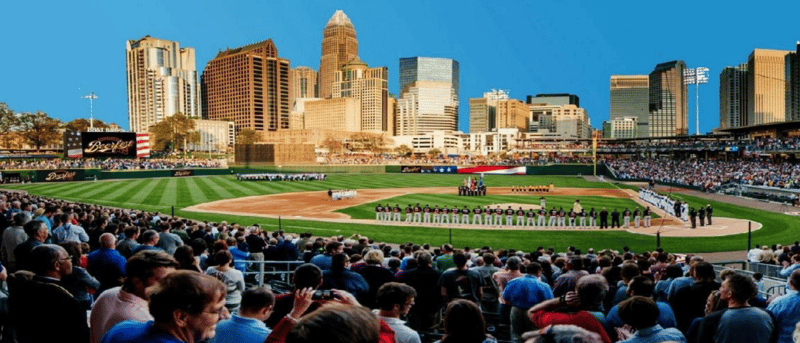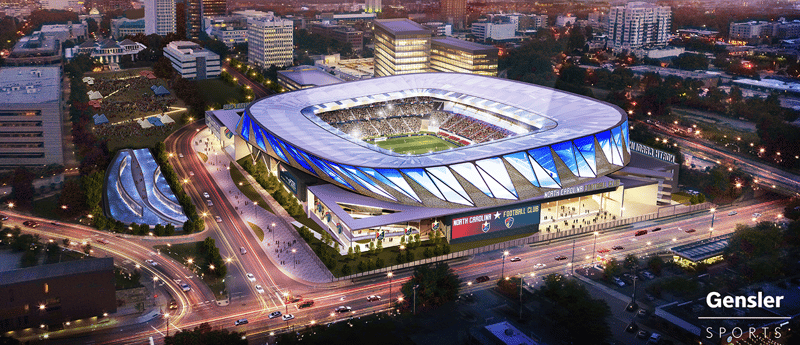In 2021, Charlotte, North Carolina, is set to see the induction of its newest sports team into the American Major League Soccer competition. With three established and well-supported teams in the Carolina Panthers who play in the NFL, the Hornets in the NBA and the Knights in the MLB, a fourth team helps cement the city on the US sporting map as a destination for thousands more tourists annually. It further demonstrates the city’s wealth and the wealth of its individuals to continually fund and support these teams.

In gearing up to have a new stadium in the midst of the city centre, what effect will the development have on the landscape of Charlotte? The city’s governing body is focusing on long-standing desires and planned infrastructure projects for the Uptown area that will surround the new multi-thousand seater stadium. These projects are forecast to revitalise an area of Uptown, changing its atmosphere and augmenting the city’s urban infrastructure.

An example of one of these influential and long-standing projects is the Gateway District. Adjacent to the planned construction area for the stadium and its facilities, the Gateway District is planned to provide a transportation and entertainment hub for easy access to Charlotte and the stadium for travelling and home supporters. Large-scale infrastructure projects like this are indicative of Charlotte’s sustained growth, augmented public image and its new place in the MLS franchise.

Set to be a transformative project for Charlotte’s infrastructure, the development will include mixed-use space as well as predetermined transportation links vital to improving the accessibility of Charlotte’s city centre. The knock-on effects of an infrastructure project of this size are significant, socially and economically.
The Gateway District is a project that has been years in the making with the 12 acre stretch of land having been redesigned a number of times to ensure accommodation for Charlotte’s established and forecasted growth. It was a brave decision from Carolina Panthers owner, David Tepper, to establish the team’s home stadium within the fabric of the city’s main metropolitan area. For many, given the space available in America and its sprawling urban nature, the logical real estate solution would have been to place the stadium in the suburbs of the city where the land is cheaper. However, Tepper saw the value of interweaving the stadium amongst the businesses, residential blocks and green spaces of the Third and Fourth Ward neighbourhoods. Access to the stadium on West Trade Street and Graham Street, adjacent to the stadium’s current planned site, will allow for easy access in alternative forms of transport to cars. Charlotte has held plans for some years now to reduce the number of cars in the city centre in an aim to reduce pollution, ease traffic flow and to facilitate a more pedestrian-friendly city.
The plans are yet to be finalised but in prospect, the infrastructure project surrounding the stadium, as well as the stadium itself and the team it represents, sends a clear message that Charlotte is on the rise. With this great city firmly establishing itself as one of America’s top cities for new businesses and an upbeat lifestyle, why not think about moving to Charlotte, North Carolina? If you are interested in hearing more about your real estate investment opportunities in Charlotte, contact Propeterra today.






